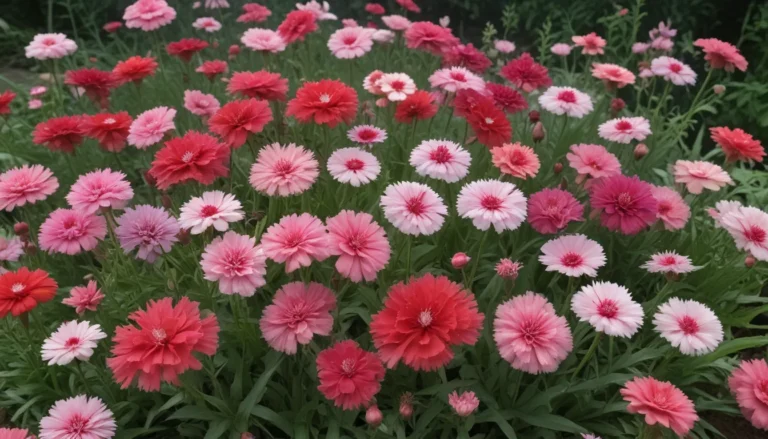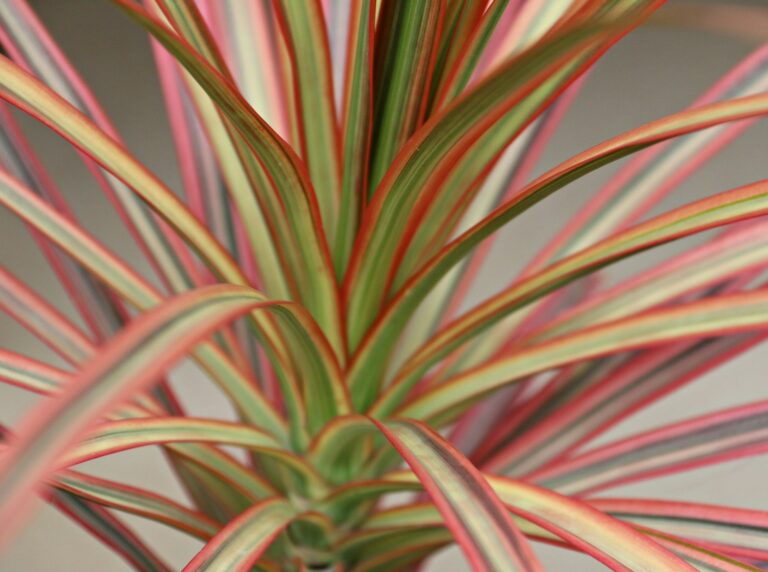Mastering Winter Damage in Yews

Winter can be a tough time for plants and animals alike. While I might find comfort in multiple bowls of warm soup, plants like the yew face the harsh realities of Old Man Winter. Yews, known for their resilience to cold climates, are not immune to winter damage. Browned foliage, sun-bleached needles, and broken branches are all common signs of winter damage in yews.
But fear not! You don’t have to sit back and watch your beloved plants suffer. With some knowledge and a little know-how, you can address and prevent winter damage in your yew plants. So grab your gardening gloves and let’s dive into the world of winter damage in yews.
Understanding Winter Damage in Yews
Before we get into how to address winter damage in yews, let’s familiarize ourselves with the common types of damage these plants face:
- Low and Fluctuating Temperature Injury
- Winterburn
- Snow and Ice Breakage
- Deer Feeding Damage
- Salt Damage
Now that we know what we’re up against let’s explore each type of damage and how to tackle it head-on.
Addressing Winter Damage in Yews
1. Low and Fluctuating Temperature Injury
When temperatures drop beyond what a yew can handle, damage can occur. Frozen water in the foliage can damage cells and lead to darkened foliage. Fluctuating temperatures can also cause injury as warm days turn into freezing nights.
To address low and fluctuating temperature injury:
– Prune away injured tissues in the spring.
– Test branches for green tissue before deciding to prune.
– Avoid planting yews in areas with extreme temperature fluctuations.
2. Winterburn
Winterburn occurs when exposed foliage loses moisture due to harsh winter conditions. Risk factors include delayed dormancy, harsh winds, and poor root systems. Prune away damaged foliage in mid-spring to encourage new growth.
To prevent winterburn:
– Plant yews in partially shaded areas.
– Apply mulch before winter to help insulate the soil.
– Create windbreaks to protect yews from harsh winds.
3. Snow and Ice Breakage
Heavy snow and ice can damage yew branches, causing them to bend or break. Remove snow from branches to prevent damage. Prune weak branches before winter to ensure the plant can withstand snow and ice.
4. Deer Feeding Damage
Deer may feed on yews during the winter, causing damage to the plant. Applying deer repellent and installing deer fencing can help protect yews from deer damage.
5. Salt Damage
Salt from de-icing products can damage yews, causing leaf browning and branch dieback. Use caution when applying salt near yews and opt for salt alternatives like calcium chloride and calcium magnesium acetate.
To prevent salt damage:
– Create physical barriers like burlap to protect yews from salt.
– Irrigate plants thoroughly to reduce salt levels in the soil.
Embracing Winter Gardening Success
By understanding and addressing winter damage in yews, you can ensure your plants thrive despite the challenges of the season. Remember, every mistake is a lesson learned, so don’t be afraid to experiment and grow as a gardener.
If you have questions or insights to share, feel free to leave a comment below. And for more evergreen shrub knowledge, check out our guides on salt-tolerant evergreen shrubs, the best evergreen shrubs for your garden, and a guide to identifying pine, spruce, and fir trees.
Enjoy the satisfaction of keeping your Taxus evergreen and thriving through the winter months. Happy gardening!
**





